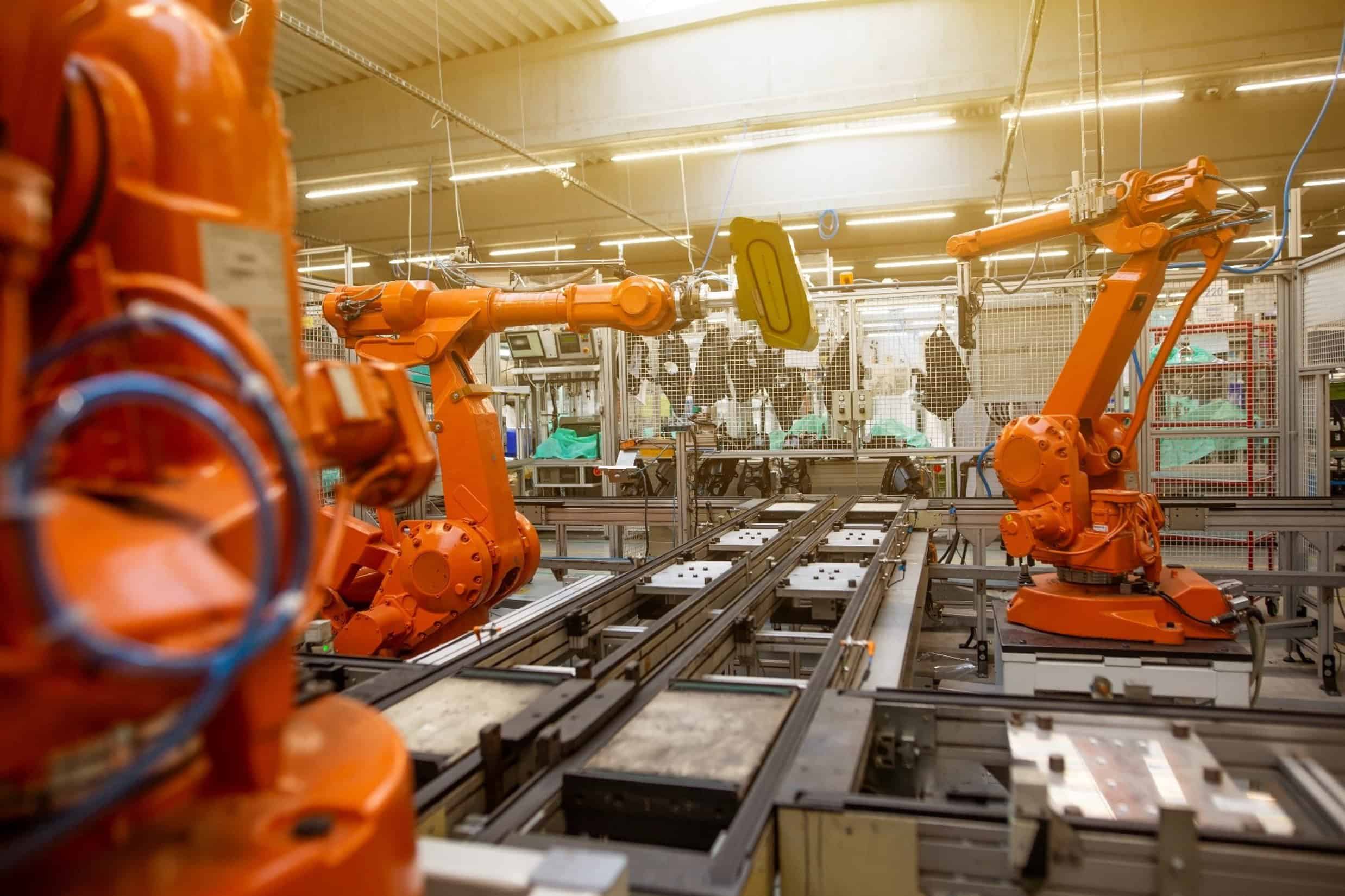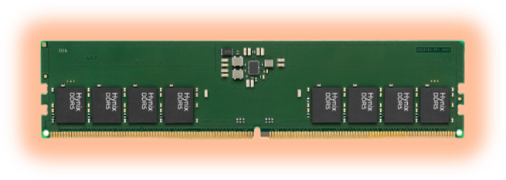Making robots smart: memory chip components for industrial robots

According to the Boston Consulting Group (BCG), the robotics market will grow between 25% and 35% annually for the next decade. By 2030, BCG expects that the sale of commercial and industrial robots together could generate $260 billion as demand from manufacturers continues to increase. The industry bounced back quickly from the pandemic as different sectors were looking to improve safety, increase productivity, streamline supply chains, and respond to current and future labor shortages. In 2021, a record 486,800 industrial robots were shipped worldwide, according to the International Federation of Robotics (IFR). Close to 7% was destined for the US market.
Human versus robot
The demand for industrial robots is mostly driven by the electronics and automotive sectors. Globally, the ratio of robots to manufacturing employees has doubled in the past five years. On average, there are between 100 and 150 robots per 10,000 employees. Robots come in many shapes and sizes, and the specified demands for industrial robotic solutions vary considerably by sector. Conventional industrial robots perform human-like work. They take over repetitive, time-consuming, and often risky tasks from people, increasing precision, productivity, and quality. Demand for collaborative robots, or cobots, is on the rise in factories as well. They work alongside people and assist in handling delicate materials or tasks requiring more than two hands.
Memory chips for industrial robots
Industrial robots are designed to perform a wide gamut of functions and thus also require a wide selection of specialized components specifically tailored to each of these functions and solutions. For example, the response time of a robot is a key measure of its controller, with some applications demanding faster response than others and consequently requiring different controller components. For memory chips, sensitivity to thermal ranges, the need for low power consumption, and specific form factors contribute to component selection decisions.
Memory components including DDR3 and DDR4 SDRAM and eMMCs are at the heart of every industrial robot. Memory chips play an essential role in the controller and sensor functionalities, as well as data logging, whether embedded in robotic solutions for the automotive, electronics, logistics, agricultural, food, or healthcare industry. For industrial manufacturing robots to perform as expected, namely increase efficiency, reliability, accuracy, and safety while decreasing cost, production time, and accidents, each of the embedded components needs to meet the highest quality and reliability standards. Most robots use industrial temperature range components due to their operating environment.
In it for the long haul
Industrial robots are typically designed to last for twenty years or more. Within its lifetime, designers, manufacturers, and customers need to be able to ensure and depend on the accuracy, reliability, and safety of its working at all times. Robotic applications require lasting and reliable components to avoid complicated repairs and replacements after deployment or redesigns of existing product lines. On the other hand, continuous technological innovations and advancements in artificial intelligence are allowing industrial robots to perform increasingly complex tasks and are putting the robotic lifecycle under stress. Just like any other long-life application, identifying the right building blocks and components from the early design stages is key to making sure the service lifetime can be stretched into decades with minimal upgrades, updates, and replacements.
SMARTsemi is your supply chain partner for DRAM components, eMMC solutions, and SD/microSD Flash Memory Cards for long-life applications. With 20+ years of industry experience, we understand your challenges and have aligned our priorities with yours to simplify your memory chip supply chain for the long run. We know what you need before you need it. Get a jump start and request a sample today.







